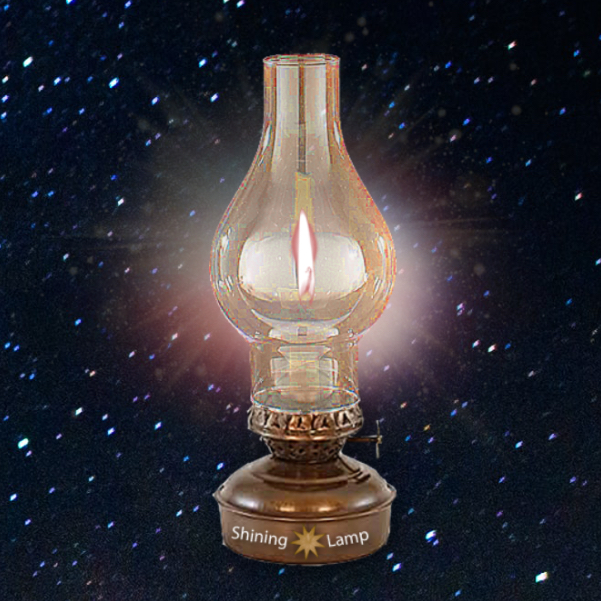Striving to remove barriers that prevent us from building Vibrant, Diverse, Inclusive, Accessible Communities!

Exploring the national parks should be an inclusive experience for everyone. The article "5 National Parks That Put Accessibility First" highlights parks that excel in removing barriers for People with Disabilities, showcasing essential accessibility features like wheelchair rentals, accessible trails, and Braille-ready park maps. Grand Prismatic Spring and other iconic locations now offer more inclusive experiences, thanks to years of advocacy. This comprehensive guide details five national parks—Great Smoky Mountains, Redwood, Sleeping Bear Dunes, Mammoth Cave, and Yellowstone—that have made significant strides in accessibility, providing a variety of accessible experiences for people with mobility, vision, hearing, and cognitive disabilities.
Great Smoky Mountains National Park leads with mobility accessibility, offering wheelchair-accessible visitor centers, trails, and GRIT Freedom Chairs for off-road adventures. Redwood National and State Parks shine with accessible trailheads, Braille-ready brochures, and beach push wheelchairs, allowing all visitors to enjoy the towering redwoods and Pacific beaches. Sleeping Bear Dunes National Lakeshore provides tactile exhibits, accessible water activities, and track chairs for rugged trails, ensuring a memorable experience for everyone. Mammoth Cave National Park offers wheelchair-accessible cave tours, tactile exhibits, and ASL interpreters, making the underground wonders accessible to all. Lastly, Yellowstone National Park boasts extensive accessibility programs, including ADA-compliant trails, accessible lodging, and real-time geyser predictions, ensuring no one misses out on its natural splendors.
This article is a must-read for anyone planning a visit to these national parks, as it provides valuable tips and resources for accessible travel. From downloading the NPS app for offline maps and audio guides to obtaining an Access Pass for free entry and discounts, the guide covers all the essentials. Each park's standout features, from scenic drives and adaptive sports in Great Smoky Mountains to tactile maps and audio descriptions in Sleeping Bear Dunes, highlight the ongoing efforts to create inclusive, welcoming environments. Whether you're seeking accessible camping, hiking, or simply want to enjoy the breathtaking landscapes, this guide ensures that everyone can experience the beauty and adventure of America's national parks.
Read the full article: 5 national parks that put accessibility first
By Syren Nagakyrie

